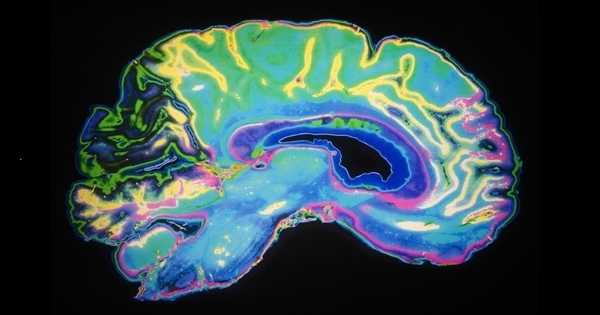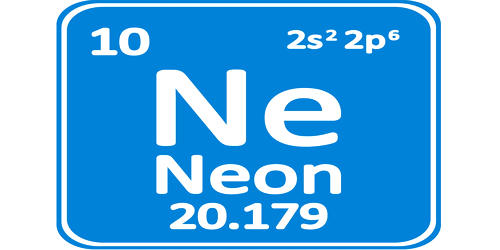According to a Mcgill University study published in the journal Nature Machine Intelligence, cognitive tasks can be performed efficiently using artificial intelligence (Al) networks based on human brain connectivity. To reconstruct a brain connectivity pattern, the researchers examined MRI data from a large Open Science repository. After that, the pattern was fed into an artificial neural network (ANN).
Complex cognitive tasks can be effectively performed by artificial neural networks modeled on human brain connectivity. Researchers reconstructed a brain connectivity pattern using MRI data from a large Open Science repository and applied it to an artificial neural network (ANN). They trained the ANN to perform a cognitive memory task and observed how it performed the task. The same underlying architecture was used by these ‘neuromorphic’ neural networks to support a wide range of learning capacities across multiple contexts.
A new study shows that artificial intelligence networks based on human brain connectivity can perform cognitive tasks efficiently.
Researchers reconstructed a brain connectivity pattern using MRI data from a large Open Science repository and applied it to an artificial neural network (ANN). An ANN is a computing system that, like the biological brain, has multiple input and output units. A team of researchers from The Neuro (Montreal Neurological Institute-Hospital) and the Quebec Artificial Intelligence Institute trained the ANN to complete a cognitive memory task and observed how it performed.
This is a one-of-a-kind approach in two ways. Previous research on brain connectivity, also known as connectomics, concentrated on describing brain organization rather than how it performs computations and functions. Second, traditional ANNs have arbitrary structures that do not reflect the organization of real brain networks. Researchers hoped that by incorporating brain connectomics into the design of ANN architectures, they would be able to learn how the wiring of the brain supports specific cognitive skills as well as derive novel design principles for artificial networks.
They discovered that neuromorphic neural networks, or ANNs with human brain connectivity, performed cognitive memory tasks more flexibly and efficiently than other benchmark architectures. The neuromorphic neural networks were able to support a wide range of learning capacities across multiple contexts by using the same underlying architecture.

A team of researchers from The Neuro (Montreal Neurological Institute-Hospital) and the Quebec Artificial Intelligence Institute trained the ANN to complete a cognitive memory task and observed how it performed. This is a one-of-a-kind approach in two ways. Previous research on brain connectivity, also known as connectomics, concentrated on describing brain organization rather than how it performs computations and functions. Second, traditional ANNs have arbitrary structures that do not reflect the organization of real brain networks.
“The project unites two vibrant and fast-paced scientific disciplines,” says Bratislav Misic, senior author of the paper and a researcher at The Neuro. “Neuroscience and artificial intelligence have common origins but have recently diverged. The use of artificial neural networks will aid us in understanding how brain structure supports brain function. Using empirical data to build neural networks, on the other hand, will reveal design principles for building better AI. As a result, the two will help to inform and enrich our understanding of the brain.”
Researchers hoped that by incorporating brain connectomics into the design of ANN architectures, they would be able to learn how the wiring of the brain supports specific cognitive skills as well as derive novel design principles for artificial networks. They discovered that neuromorphic neural networks, or ANNs with human brain connectivity, performed cognitive memory tasks more flexibly and efficiently than other benchmark architectures.
Researchers discovered that neuromorphic neural networks, or ANNs with human brain connectivity, performed cognitive memory tasks more flexibly and efficiently than other benchmark architectures.
This research, which was published in the journal Nature Machine Intelligence, was supported by the Canada First Research Excellence Fund, which was awarded to McGill University for the Healthy Brains, Healthy Lives initiative, the Natural Sciences and Engineering Research Council of Canada, and the Fonds de Recherche du Quebec.















